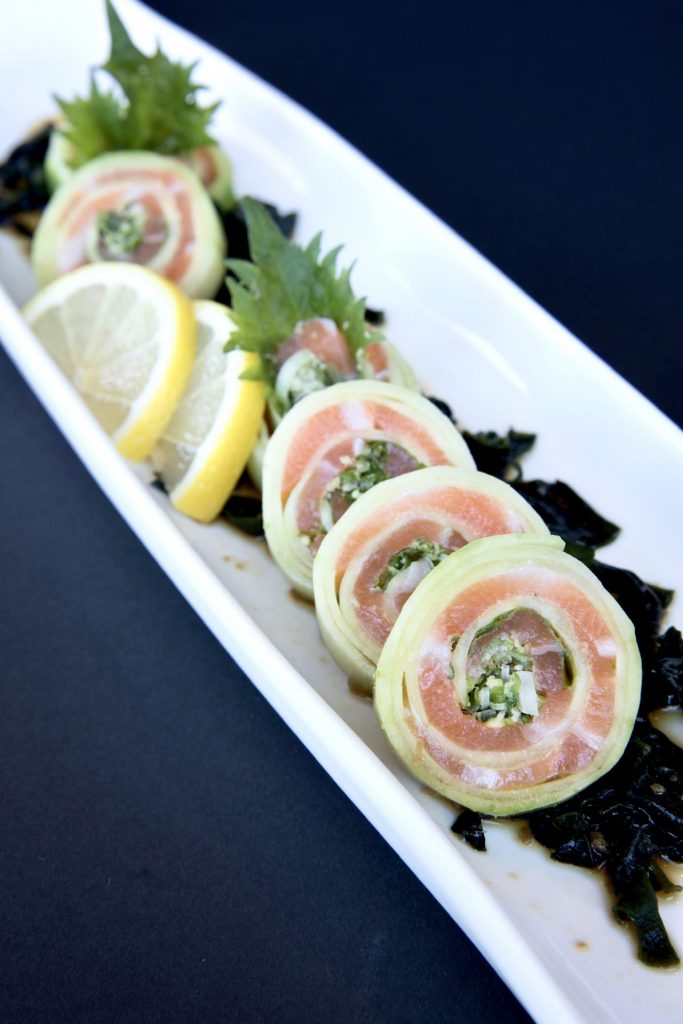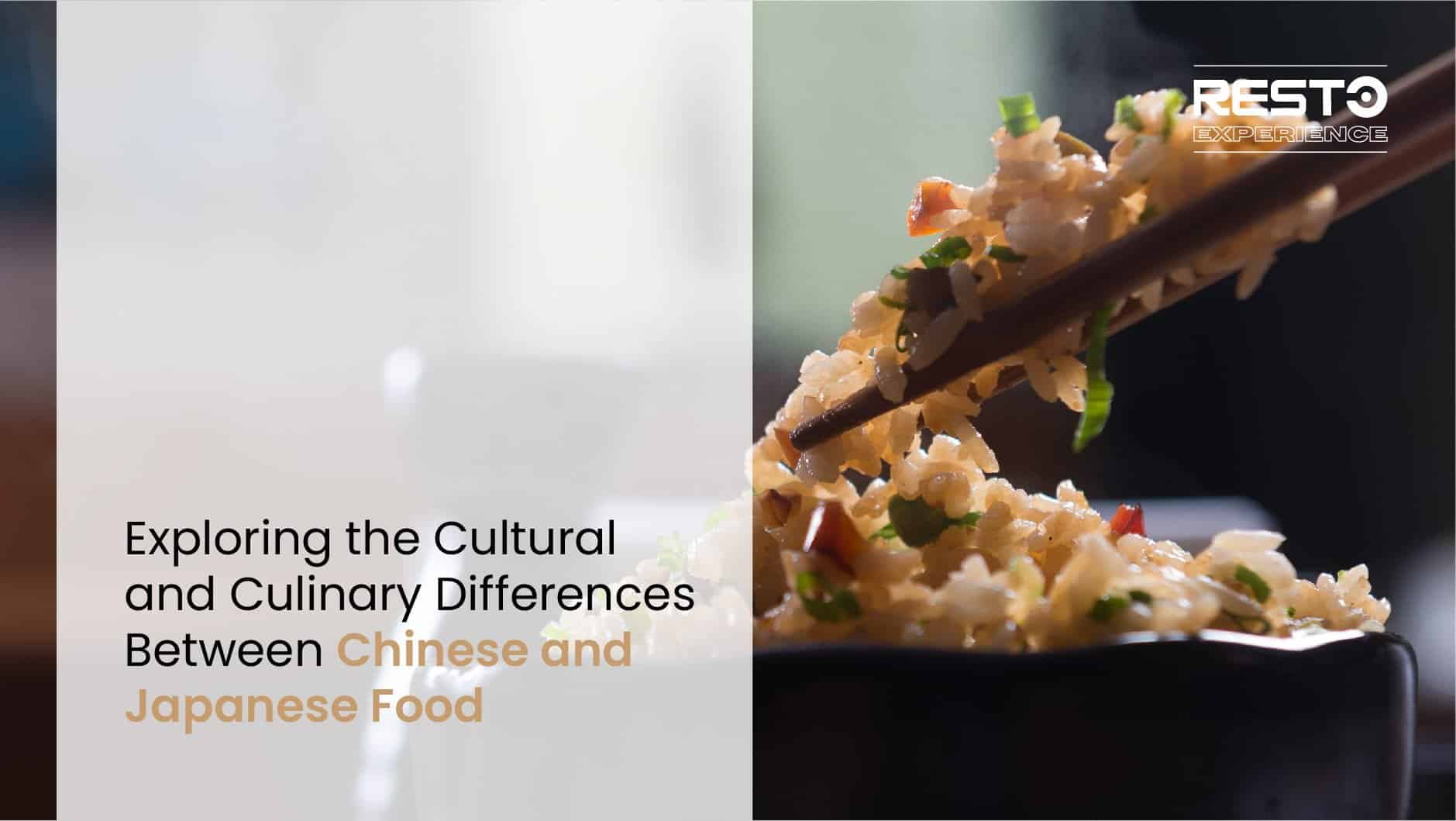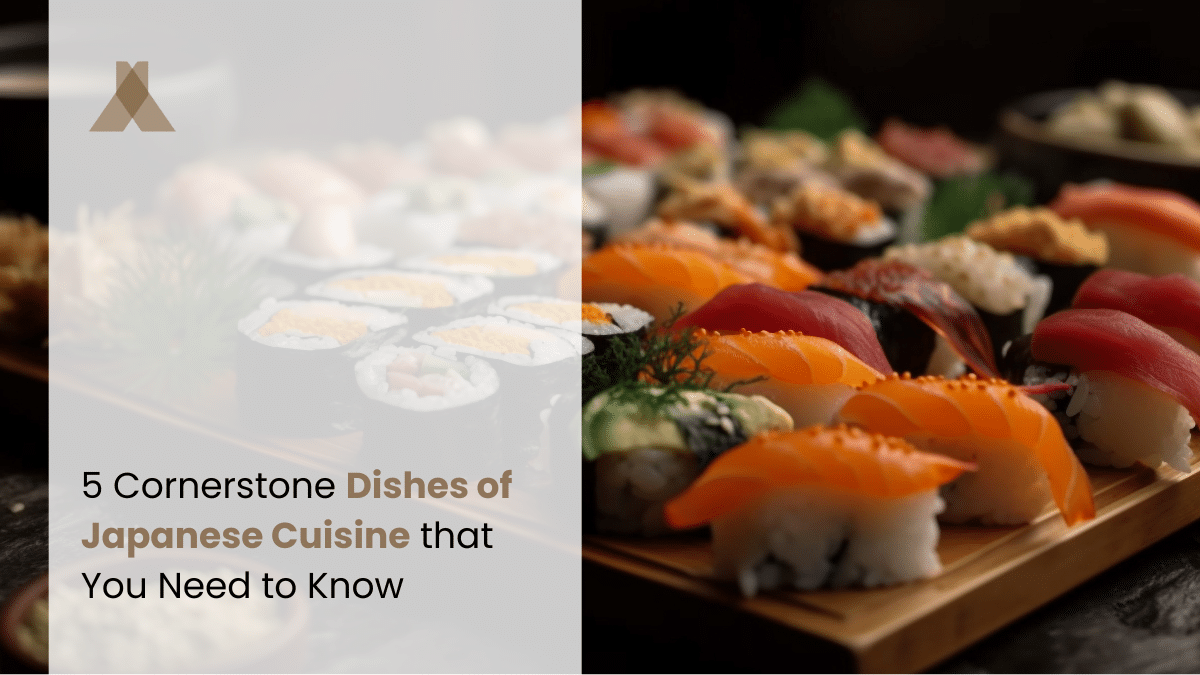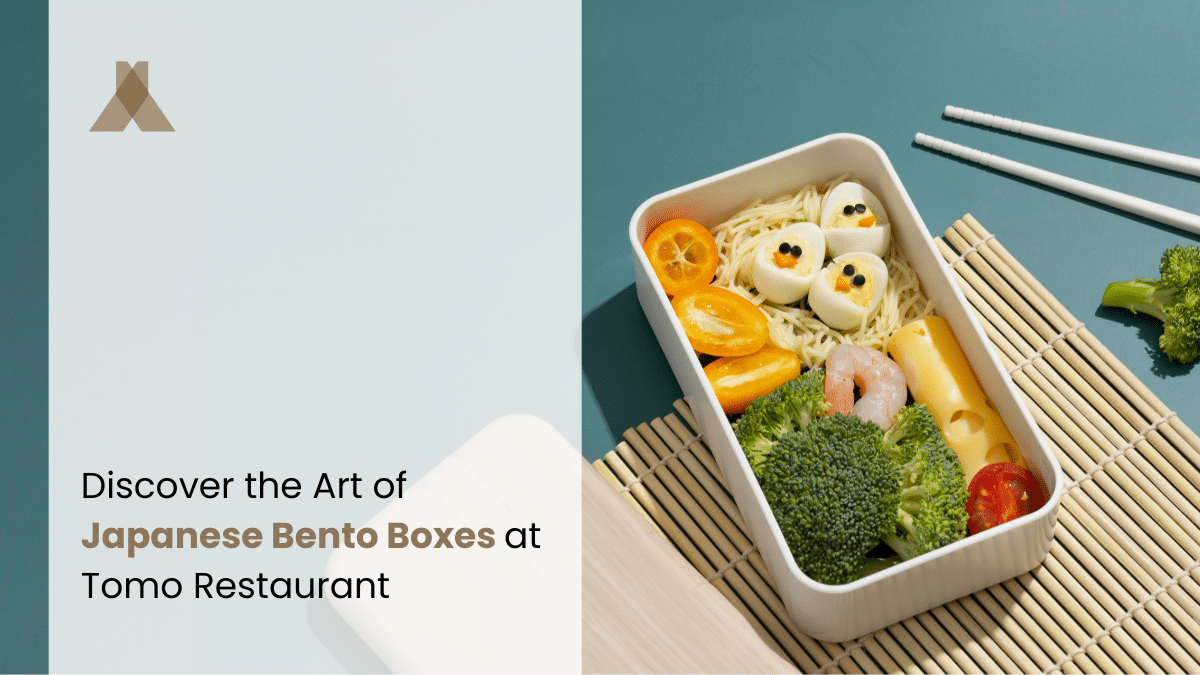Are you a fan of Asian cuisine, but find yourself sometimes confused by the difference between Chinese and Japanese food? Don’t worry, you’re not alone!
While both culinary traditions have their own unique flavors and cooking techniques, it can be hard to tell them apart. In this article, we’ll explore the cultural and culinary differences between Chinese and Japanese food, taking a closer look at the key ingredients, cooking styles, and regional cuisines that make each one so deliciously distinct.
Introduction: What are the Major Differences between Chinese and Japanese Food?
Chinese and Japanese cuisines are two of the most popular Asian culinary traditions in the world, each with its own unique flavors, techniques, and cultural influences.
While both cuisines share some similarities, such as the emphasis on rice and noodles, there are many differences that set them apart.
One of the main cultural differences between Chinese and Japanese food is the philosophy behind the cuisine. Chinese food is often seen as hearty and filling, with a focus on using bold flavors and spices to create complex dishes. Japanese food, on the other hand, is more refined and delicate, with a focus on simplicity and balance.
Additionally, there are culinary differences between Chinese and Japanese food, such as the use of ingredients, cooking techniques, and presentation styles, which we will explore in more detail in the following paragraphs.

A Look at the Regional Cuisines of China & Japan
Both China and Japan are home to a wide variety of regional cuisines that showcase the unique flavors and culinary traditions of different parts of the country.
In China, there are eight major regional cuisines, each with its own distinctive flavors and cooking techniques. Some of the most popular dishes in China include Peking duck from Beijing, Kung Pao chicken from Sichuan, and Xiaolongbao (soup dumplings) from Shanghai.
Similarly, in Japan, there are many different regional cuisines that reflect the local ingredients and cooking styles of different areas. Some of the most famous regional cuisines of Japan include sushi and sashimi from Tokyo, okonomiyaki (savory pancakes) from Osaka, and ramen from Hokkaido.
What are the Key Ingredients & Cooking Styles Used to Create Traditional Dishes?
In Chinese cuisine, some of the key ingredients used in traditional dishes include rice, noodles, soy sauce, vinegar, ginger, garlic, and various spices. The cooking styles used to create Chinese dishes vary widely, from stir-frying and steaming to boiling and roasting.
Many Chinese dishes also incorporate a mix of textures, such as crispy and tender or soft and chewy, to create a well-rounded eating experience.
Japanese cuisine also has a wide range of key ingredients, including rice, seafood, soy sauce, miso, sake, and wasabi. The cooking styles used in Japanese dishes often prioritize the natural flavors of the ingredients and emphasize simple preparation techniques, such as grilling, boiling, and simmering.
Presentation is also important in Japanese cuisine, with many dishes featuring elegant and artistic arrangements of food on the plate.
How Has Fusion Cuisine Blended These Two Great Nations’ Culinary Traditions? Learn about the Chinese and Japanese cuisine
Fusion cuisine between China and Japan has become increasingly popular in recent years, as chefs look for new ways to blend the traditional flavors of both culinary traditions.
Some examples of fusion dishes include Japanese-style ramen with Chinese spices, sushi rolls with Chinese-style fillings, and Chinese-style hot pot with Japanese ingredients.
One of the benefits of fusion cuisine is that it allows for the creation of unique and exciting flavor combinations that can’t be found in traditional dishes.
By blending the best of both worlds, chefs are able to create dishes that are both familiar and innovative, offering diners a new way to experience the flavors of both China and Japan.





